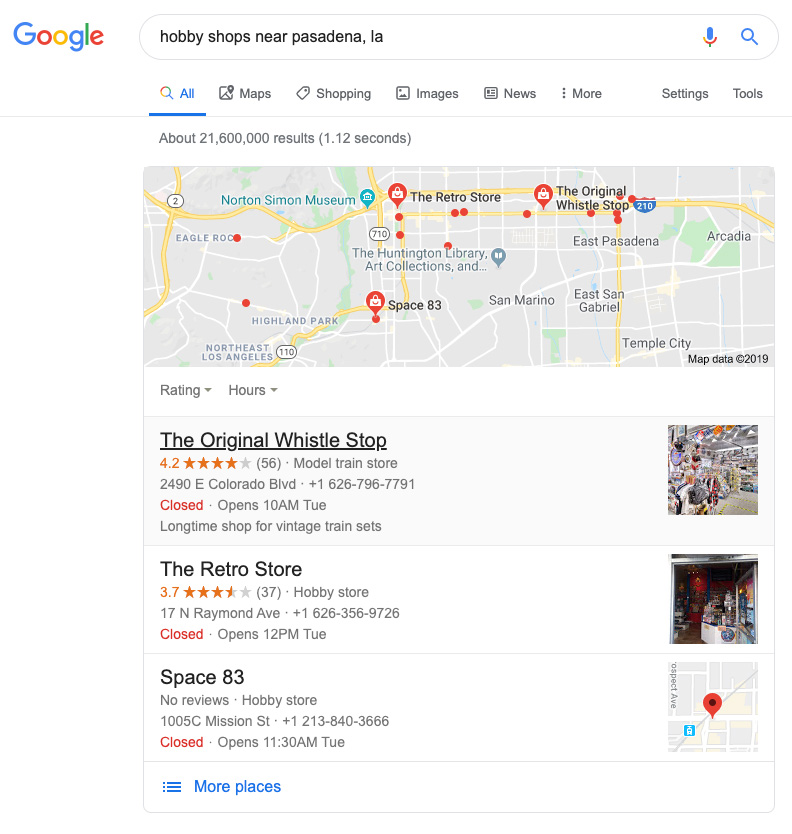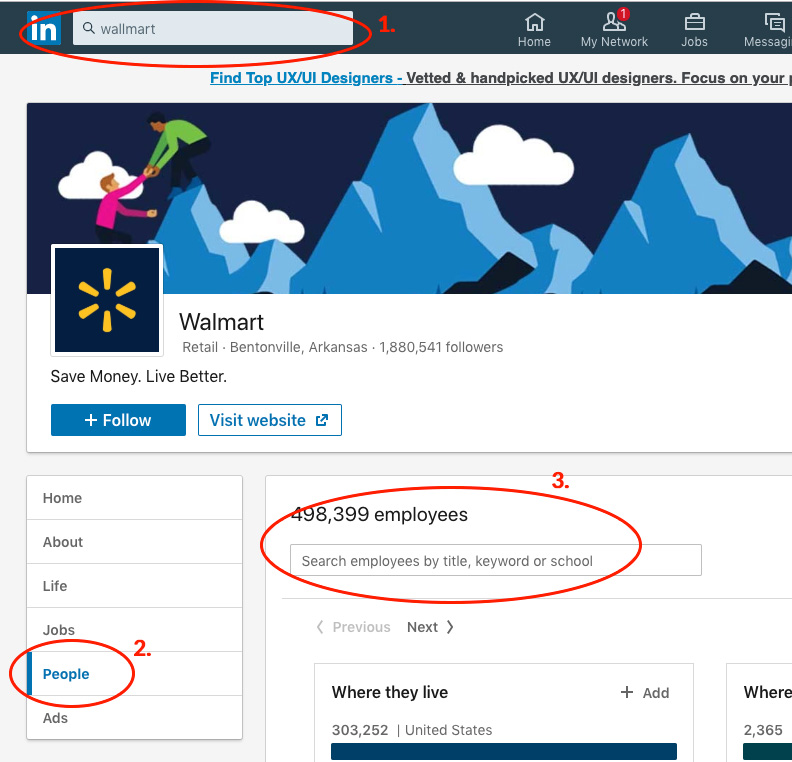When you are running a business, it helps to know what others in your industry are doing. That’s what competitive intelligence is all about. This is not about copying. Rather, it’s about using what’s already public to help guide your next steps. Business owners, marketers, and even sales teams do this all the time. They look at what others are doing, how they’re doing it, and what seems to be working. These steps are called competitive intelligence techniques. With the right techniques, you can spot patterns, learn what your audience really wants, and build stronger plans.
Unfortunately, there’s no real “shortcut” or “growth hack” to build your business strategy. In most cases, it starts with putting your wholesale recruitment landing page out into the world, driving relevant traffic to it, followed by a whole heap of hard work.
Finding wholesale customers can be a real challenge, especially if you are just starting with your wholesale program. If you’ve ever looked at a rival’s pricing page, searched for their ads, or checked what kind of customers they attract… that’s a small part of it. In this article, we’ll walk through competitive intelligence techniques that help you gather useful data for spying on your competitors smartly and ethically, and grow your edge.
What Are Competitive Intelligence Techniques?
Competitive intelligence techniques are steps or methods that help a business learn more about its competitors. These are used to collect data, spot trends, and get insights from what others in your industry are doing. The goal is to use that knowledge to improve your own decisions.
Some people call this spying on competitors, but it’s not as sneaky as it sounds. You’re not breaking rules any rules here. You’re looking at what’s already available online, like websites, store pages, job listings, ads, and social media.
For example, if you see that a competitor just launched a new product and is getting lots of attention, you might ask:
- Who are they selling it to?
- What stores are carrying their product?
- Are they using ads? If yes, what do the ads look like?
- Is there something they’re doing that your business could learn from?
These small questions lead to a bigger picture. You start seeing how the pieces fit. That’s called competitive intelligence analysis.
How to do well in competitive intelligence?
To do this well, many businesses use competitive intelligence tools. These tools help collect and organize the information so you can study it better. The point of all this is to gather competitive intelligence in a way that helps your growth, not just to watch others, but to learn from them.
When you use these techniques along with market research, they become even more powerful. You’re no longer guessing what works. You’re working with real data. That leads to a clearer plan, stronger marketing, and a better chance of creating a competitive advantage.
5 Competitive Intelligence Techniques You Should Know
Some of the most effective competitive intelligence techniques come from simply watching what your competitors are already doing, and figuring out how to use that information to guide your own moves.
Tactic 1: Leverage your competitor’s stockists/partners pages
You can use the following tactic to leverage your competitor’s hard work and give yourself a leg up when creating your wholesale customer prospects list. Often, your competitors will publish a list of their “vendors”, “retail partners,” or “stockists” on their website. Sometimes they’ll have a page titled “where you can find us”, “where to buy”, “store locator”, or “find a store”, which will have a search feature.
The lists on these pages are basically a blueprint for whom you could approach to become wholesale customers of your business as well. Compile a list of your competitors and use the following Google tip to speed up the searching:
Type In Google: site:yourcompetitorwebsitehere.com “vendors” OR “stockists” OR “retail partners” OR “where to buy” OR “where to find us” OR “find a store” OR “store locator”
You might be thinking, “Isn’t this a bit shady?” Absolutely not. This is just you playing catch-up to your competition.
💡BONUS: If you want to up your SEO spy game, use a tool like SEMRush. You can use it to spy on your competitors’ rankings and figure out what to go after.
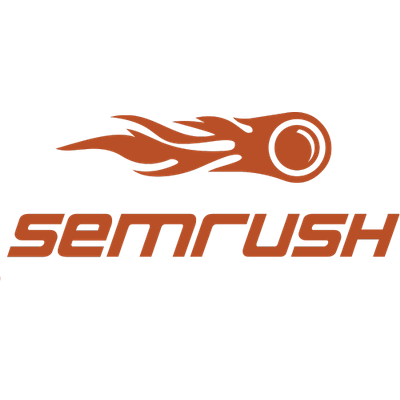
Tactic 2: Identify complementary products
Imagine your product was up on a shelf in a store.
Now, imagine you were the actual retail store owner. What competing or complementary products can you think of that you would think would be good to place nearby this? What would customers be likely to buy in addition to yours?
For example, if you sell a new kind of mop. Perhaps, the store owner would place floor cleaner, buckets, microfibre cleaning towels, dusters, and other cleaning products in the same section.
Can you think of the names of any of those products? If so, look them up and repeat tactic #1 to find out which stores stock those products and add them to your list.
You may also read about “How To Promote Wholesale Products: 7 Effective B2B Marketing Tactics.”
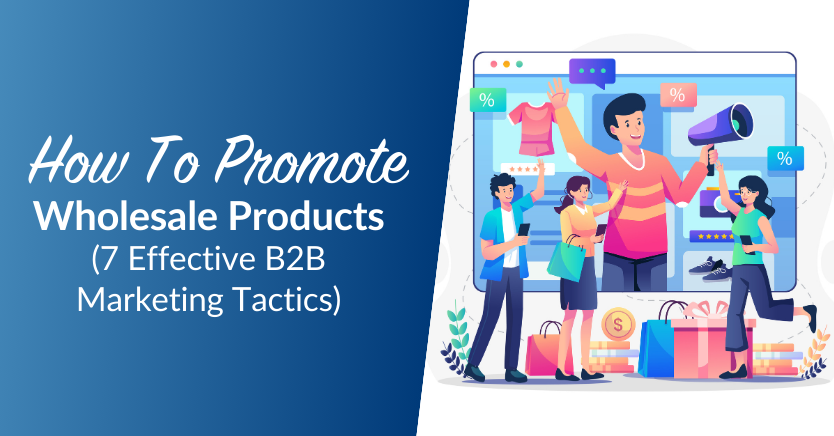
Tactic 3: Focus on geography (and leverage Google local results)
If you already have certain kinds of retail stores in mind, you may find that it’s simply a matter of conquering area by area.
Google Maps can be a great help here. For example, if you wanted to break down a state into sections, you can search using the “near” keyword, and Google is smart enough to know what you mean.
Make a map of your state or country with specific areas and cities to target using the “near” keyword search. Then make a list of the Google Places/Maps results showing stores that fit the profile.
Once you get the process sorted, outsource it to someone else and have them compile the results into a spreadsheet with the contact information you need.
Tactic 4: Comb through tradeshow exhibitor lists
Tradeshows are great, but damn, they’re expensive if you’re an exhibitor! Even just to attend, you’re probably looking at hundreds of dollars. But being an exhibitor costs thousands just for the booth, then you need to spend probably just as much again to make your setup look professional.
It’s a great way to waste money, in my opinion. Why not just do the next best thing and get the benefits without the spend?
Fortunately for us, we are living in the information age.

Make a list of all the national trade shows that your competitors and adjacent product makers would attend. If you run out of national trade shows, go one level deeper and repeat the same process with a more local, state, or county-level focus.
Smaller trade shows are even more likely to publish their exhibitor lists because they want to show off who is there, and luckily for us, the smaller shows attract smaller companies who could either become great wholesale partners themselves or would be more likely to publish a list of stockists on their website.
In this way, we’re looking to find more companies to feed into our spy system and repeat Tactic #1 and #2.
You may also read: 30 Best Wholesale Suppliers For Small Businesses.
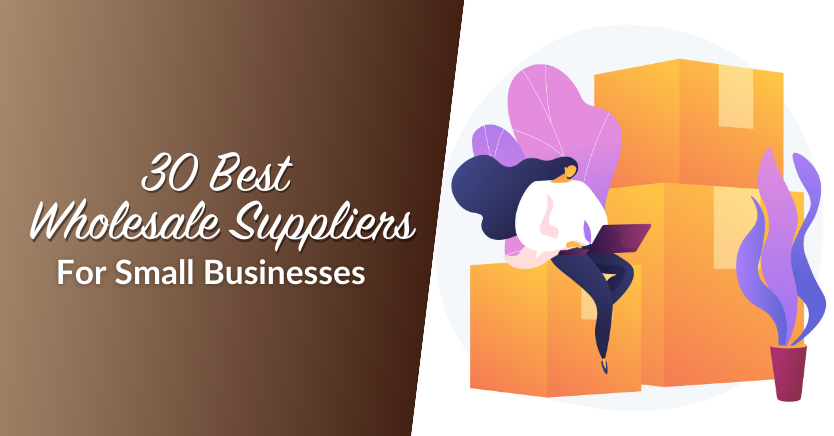
Tactic 5: LinkedIn arbitrage
LinkedIn is basically a list of everyone who has a job and wants to tell the world what they do.
And the best part of it is that it’s searchable!
You can get quite specific and target the exact right person in the company who will be most receptive to your message. Knowing this information makes your cold emails and phone calls stand out from the rest.
Imagine targeting a company and knowing the name of the exact person you want to talk to. You can immediately get past any gatekeepers and secretaries that would otherwise toss you aside.
This tactic, as you can probably guess, is best used in conjunction with the others when you know the name of the company you want to talk to.
- Go to LinkedIn and search for the company
- If they have a company profile, click on it
- Click the employees and, if there’s a lot, do a search based on their job title. In most cases, you can just scroll through their employees’ list and find the right person.
What You Can Learn From Competitor Websites And Ads
Your competitor’s website says more than you might think. From the homepage to the footer, every part tells a story about how they want to be seen. And if you look closely, you can collect details that shape your business strategy.
Look at their product categories. How do they group items? What kind of language do they use? Do they have a pricing page or sign-up offer? These clues help you figure out who they’re targeting and how they try to connect with customers.

Social media is another great place to gather signals. The kinds of posts they publish, the comments they receive, and how often they run promotions. All of this gives insight into their approach. You can tell whether they focus more on building a brand, running sales, or pushing partnerships.
And don’t forget ads! You can check your competitor’s ads by visiting the Meta Ads Library. Type in their brand name and you’ll see what ads they’re running on Facebook and Instagram.
Each of these sources gives you a better picture. This is how you build competitive intelligence analysis into your weekly habits. If you’re doing this regularly, you’re already applying strong competitive intelligence techniques without needing anything fancy.
Use competitive intelligence tools to save time
It’s possible to do most research by hand. But it can also take hours. That’s where competitive intelligence tools help. These platforms collect data for you and show it in ways that are easier to understand.
Here are a few examples:
- SEMrush – Tracks keyword rankings, backlinks, and traffic estimates
- SimilarWeb – Gives you website traffic and competitor comparisons
- BuiltWith – Shows the technology stack used on a website
- Google Alerts – Sends updates whenever your competitor is mentioned online
- Ahrefs – Helps track backlinks and search traffic
Each of these tools helps you gather competitive intelligence faster. They don’t make decisions for you, but they give you facts to work with. Some tools are free. Others require payment. But even free tools can be powerful when used correctly. The goal is not to depend fully on these tools, but to use them as part of your competitive intelligence techniques toolkit.
Use Market Research To Spot Shifts In Customer Behavior
Understanding your competitors is only half of the picture. The other half is understanding what your customers want. Competitive intelligence techniques work best when they are paired with market research. You can watch what others are doing, but you also need to listen to what your buyers care about. This way, you’re not only spying on competitors, you’re also paying attention to what your audience wants.
Let’s say you notice a competitor adding more eco-friendly products. That’s a clue. Now, if you also see more shoppers searching for “plastic-free packaging,” it confirms that this is something people want. That’s your sign to adjust your product line or messaging.
Here are a few simple ways to do market research:
- Read product reviews on your competitor’s store
- Join Facebook groups or forums related to your niche
- Send short surveys to your own customers
- Watch hashtags on social media
Another effective way to gather this kind of market insight is doing web scraping with ScrapFly, which helps you track real user discussions, opinions, and emerging trends across relevant topics to understand what your target audience truly values.
Using these methods is one of the most useful competitive intelligence techniques for any growing business.
What to do next: Build a business strategy using what you learn
After you’ve spent time spying on competitors and learning from public data, it’s time to turn those findings into a plan! You now have the pieces to build something based on real information, not just guesses.
Here are examples of how what you learned becomes action:
- Found a gap that competitors missed? Plan your next campaign around it.
- Noticed a store type your competitors focus on? Try reaching them too.
- Saw higher pricing from other brands? Highlight the value you bring.
Go beyond just watching! You start to make smarter decisions based on patterns, not pressure.
I’ve used this same process to help our brands position themselves better in their space. Even when I wasn’t selling anything, watching how brands moved helped me make better creative and strategy decisions. That’s what makes this kind of research valuable.
Building a business strategy with the help of competitive intelligence techniques means you’re choosing your next move with more clarity and less risk.
Final Thoughts
Using competitive intelligence techniques is one of the smartest things you can do to grow your business. It’s not a wild guess because you’re working with facts.
What makes this even more helpful is how it fits with market research. When you combine what you know about your competitors with what your customers want, you stop working in the dark. You start creating a plan that works in real life.
Let’s do a quick recap on the 5 spying tactics we discussed:
- Leverage your competitor’s stockists/partners’ pages
- Identify complementary products
- Geography and Google local results
- Comb through tradeshow exhibitor lists
- LinkedIn arbitrage
One thing I’ve learned from experience: most people don’t need more ideas. They need better information. And that’s exactly what competitive intelligence gives you. It turns noise into direction.
So whether you’re running a small business, handling wholesale accounts, or working in marketing, these competitive intelligence techniques can help you see the bigger picture, stay ahead of the curve, and build a real competitive advantage.
Check out this article for more in-depth thoughts on making a wholesale marketing plan.
Do you have any questions about competitive intelligence techniques? Let us know in the comments!
Frequently Asked Questions
What role does LinkedIn play in competitive intelligence, and how do I use it effectively?
LinkedIn is a valuable resource for identifying key contacts in your target companies. You can search for the company, view its employees, and find specific decision-makers by job title, enabling direct outreach and more personalized communication.
How can geographic and local Google searches assist in competitive intelligence?
Using Google Maps and local search techniques helps you break down a geographical area into target zones. You can find relevant local stores or competitors in specific regions, which can then be targeted for marketing or wholesale opportunities.
What is the significance of identifying complementary products in competitive intelligence?
Identifying complementary products involves understanding which items are usually bought together or placed near your product in stores, allowing you to find new potential partners, stockists, and target markets based on products that complement yours.
How can I leverage my competitor’s stockists or partners pages effectively?
You can visit your competitor’s website and use search commands like ‘site:competitorwebsite.com’ along with keywords such as ‘vendors’ or ‘retail partners’ to find their distributor or partner lists. This helps identify potential wholesale customers and sales channels.
What are competitive intelligence techniques and how can they help my business?
Competitive intelligence techniques are methods used to gather publicly available data on competitors to inform your business strategy. They help identify trends, understand competitors’ moves, and discover opportunities for growth, all within ethical boundaries.


